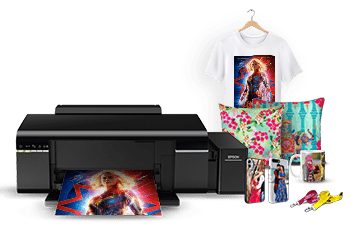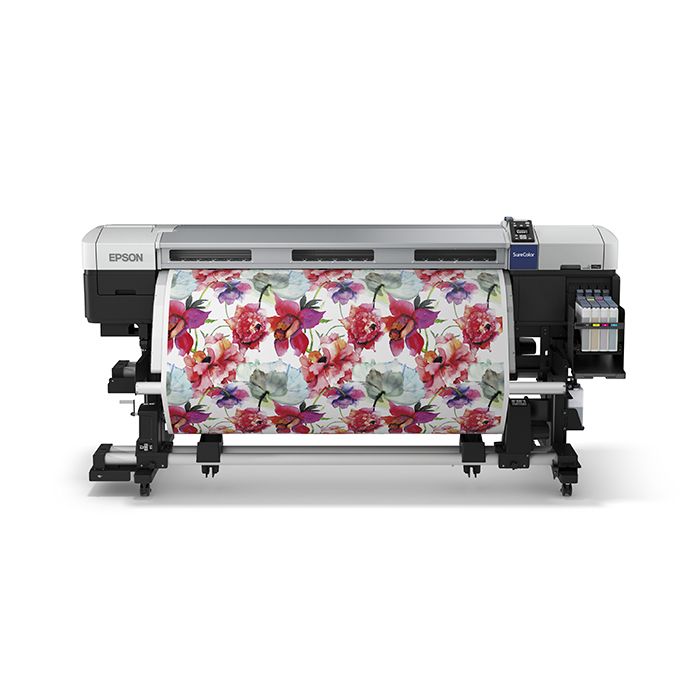Check Out the most effective Branded Clothing for Every Occasion and Design
Check Out the most effective Branded Clothing for Every Occasion and Design
Blog Article
A Comprehensive Overview to the Various Sorts Of Towel Printing Strategies
Each approach, from the precise workmanship of block printing to the quick efficiency of screen printing, offers distinct functions and offers unique advantages. Digital printing's flexibility and environmental awareness stand in plain contrast to the quick personalization of warmth transfer printing.
Block Printing
Block Printing, one of the oldest approaches of fabric design, has a rich background that dates back to ancient civilizations. Coming from China around 220 A.D., this technique later infected India and ultimately Europe. The process includes sculpting elaborate styles right into wooden blocks, which are then dipped in dye and pressed onto fabric to create patterns. This method is significant for its capability to produce very detailed and recurring styles.
The precision and craftsmanship involved in block printing make it a labor-intensive process, however it additionally allows for a high level of customization. Craftsmens can develop unique patterns by incorporating different blocks or varying the application of color. This versatility has added to the long-lasting appeal of block printing in both modern and standard textile layout.
Block printing is particularly valued for its visual high qualities, including the minor variants in pattern and color that result from the hand-printing procedure. These imperfections lend a special personality to each item, distinguishing it from mass-produced materials. Despite advances in modern printing modern technologies, block printing remains a valued strategy, commemorated for its historical relevance and artistic value.
Screen Printing
Display printing, one more famous textile decoration strategy, has actually changed the sector with its performance and adaptability. This method involves producing a pattern, referred to as a display, and using it to use layers of ink on the printing surface. Each shade in the style requires a separate screen, which permits detailed and dynamic multi-colored prints.

One of the key advantages of screen printing is its flexibility to numerous kinds of textiles, consisting of cotton, polyester, and blends. This technique is particularly ideal for large-volume orders because of its cost-effectiveness and rate. The sturdiness of the prints is one more significant advantage, as the ink bonds well with the material, ensuring lasting styles that hold up against multiple washes.
As soon as dried, the style is moved onto the emulsion-coated display making use of a UV light resource. Ink is after that pushed with the pattern onto the fabric using a squeegee.
Screen printing is widely made use of in the style industry, marketing items, and custom clothing. Its capability for premium, thorough prints secures its standing as a cornerstone technique in fabric printing.
Digital Printing
Digital printing has actually swiftly arised as an innovative strategy in the textile sector, leveraging advanced technology to create high-resolution styles directly onto material. Unlike standard approaches, digital printing employs inkjet printers to down payment pigment or dye-based inks onto fabrics, enabling detailed and vivid patterns with an exceptional degree of detail and color accuracy.
One of the primary advantages of electronic printing is its adaptability. This method permits for on-demand printing, which significantly reduces waste and reduces stock costs.
In addition, electronic printing is eco friendly. sublimation printing. It uses water-based inks and requires less water and energy contrasted to traditional methods, straightening with lasting techniques. The accuracy of digital printing additionally allows the use of a larger range of fabrics, consisting of cotton, silk, polyester, and blends, guaranteeing versatility throughout different applications
Warmth Transfer Printing
Exactly how does heat transfer printing change textile design? Warmth transfer printing entails making use of heat and pressure to transfer a design from a specifically formulated paper onto textile.
Among the key advantages of warm transfer printing is its ability to create top notch, comprehensive photos quickly and efficiently. It is especially fit for tiny production runs and custom orders, making it a popular selection for personalized garments and marketing items. Additionally, this technique is functional, suiting numerous types of materials including cotton, polyester, and blends.
Furthermore, heat transfer printing is relatively read this cost-efficient contrasted to other approaches, as it requires very little setup and lower preliminary financial investment - heat transfer vinyl printing. This price, paired with its ability for creating vibrant, durable prints, emphasizes its crucial function in contemporary material style

Dye Sublimation Printing
Dye sublimation printing, an innovative textile printing method, uses unmatched vibrancy and longevity for designs on various synthetic fabrics. The published transfer paper is after that positioned on the textile, and both are subjected to high heat and pressure utilizing a warmth press.
Among the vital benefits of dye sublimation printing is its capability to generate continuous-tone prints with elaborate information and dynamic colors. Unlike various other printing methods, the color enters into the fabric as opposed to sitting on top of it, resulting in a breathable and soft surface. This strategy is especially reliable on polyester and various other artificial materials, making it a prominent selection for sports apparel, banners, and home textiles. Furthermore, color sublimation is environmentally friendly, as it requires no water and creates marginal waste, aligning with lasting production techniques.
Final Thought
In recap, cloth printing methods each deal unique benefits customized to various needs and applications. Block printing is respected for its artisanal quality, while Source display printing is advantageous for high-volume production. Digital printing gives flexibility and environmental benefits, whereas heat transfer printing is excellent for fast personalization. Dye sublimation printing creates brilliant, durable designs on artificial fabrics. The variety and technology within these methods highlight the dynamic and developing nature of the cloth printing industry.
Each technique, from the careful craftsmanship of block printing to the rapid efficiency of screen printing, offers special objectives and provides distinctive benefits. Digital printing's versatility and ecological awareness stand in stark comparison to the speedy personalization of warm transfer printing. In spite of advancements in contemporary printing innovations, obstruct printing remains a treasured method, commemorated for its historical relevance and creative value.
Dye sublimation reference printing, a sophisticated textile printing method, offers unparalleled vibrancy and durability for designs on numerous artificial fabrics. Digital printing gives flexibility and environmental benefits, whereas warmth transfer printing is perfect for quick personalization.
Report this page